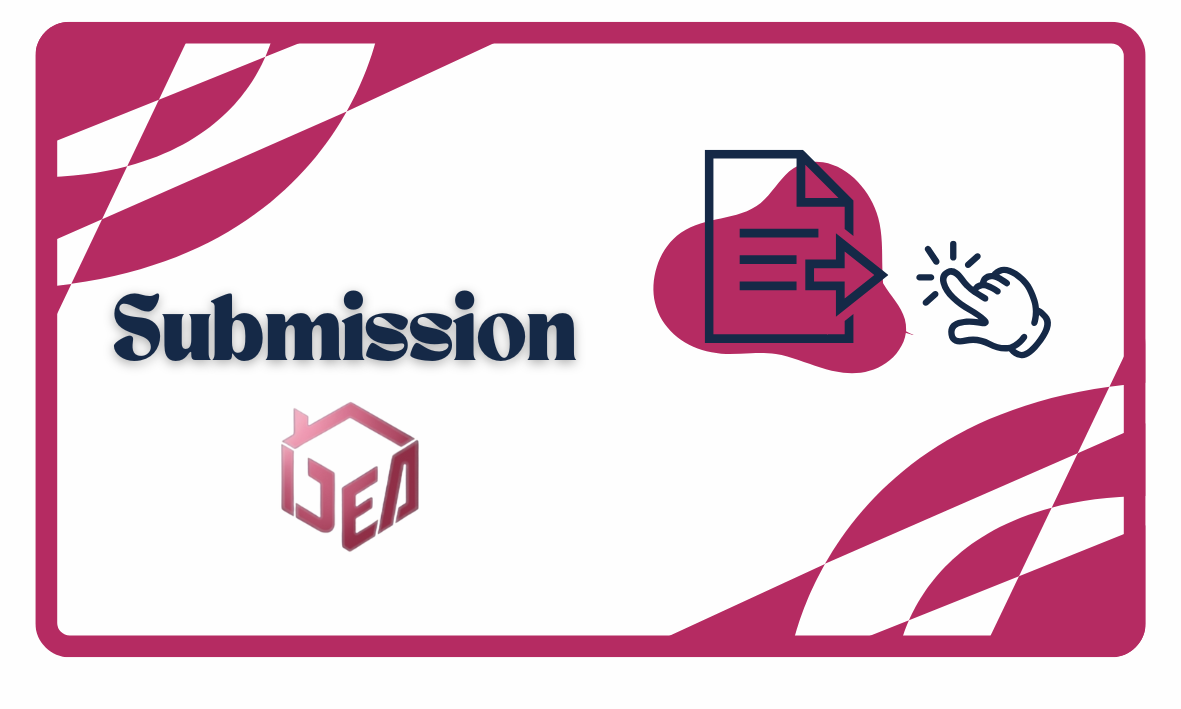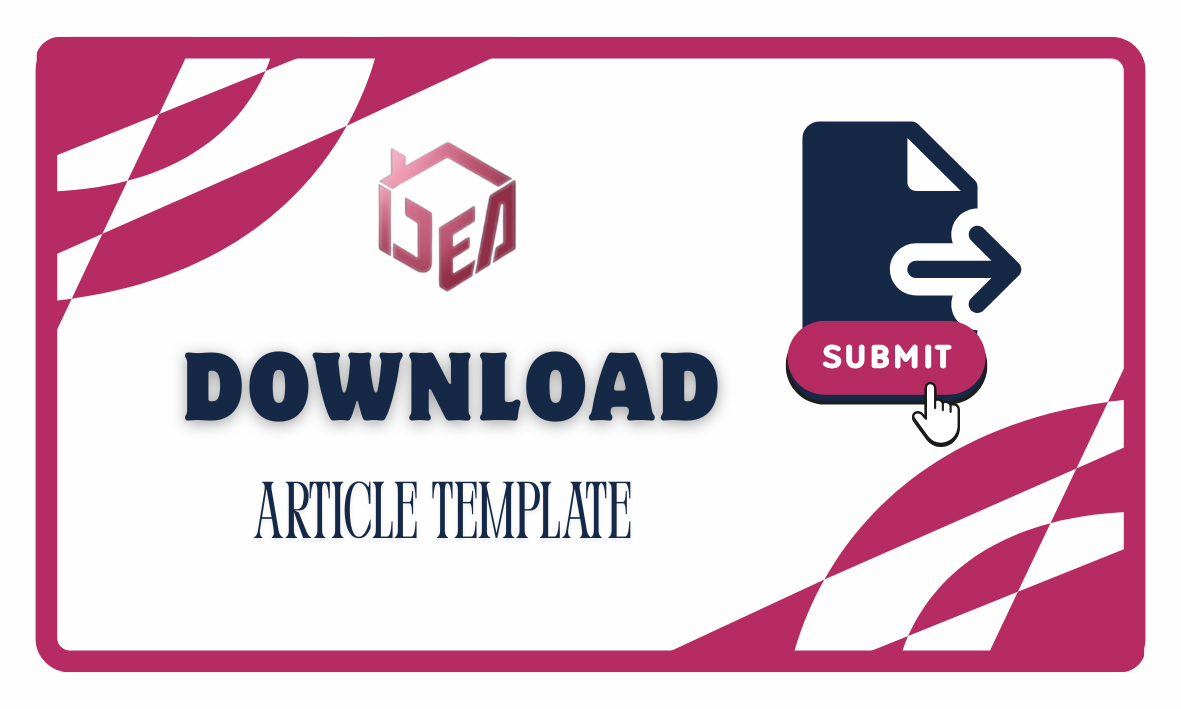Stepping Toward Business Excellence: Building an Integrated and Efficient Enterprise Architecture System
DOI:
https://doi.org/10.61220/ijea.v1i1.0231Keywords:
Business excellence, Integrated system, Efficiency.Abstract
In today's digital era, businesses face increasingly complex challenges. To achieve business excellence, organizations need to build integrated and efficient systems. Enterprise architecture (EA) is a comprehensive approach to designing and managing information technology and business structures in organizations. This journal aims to investigate the importance of building an integrated and efficient EA in achieving business excellence. We use a research methodology approach to analyze case studies and results related to EA implementation in several organizations. Our findings show that an integrated and efficient EA can provide benefits such as improved operational efficiency, cost savings, increased flexibility, and better decision-making. In this journal, we describe the methods used in building EAs, the results of EA implementation in organizations, and a discussion of the implications and resulting benefits. We conclude that building an integrated and efficient EA is an important step for organizations that want to achieve business excellence. An integrated and efficient EA in achieving business excellence. An integrated EA involves a comprehensive planning and design process, integration of systems and applications, effective data and information management, and necessary organizational changes. An integrated and efficient EA implementation can provide a number of benefits to an organization, including improved operational efficiency, reduced costs, increased visibility and accessibility of information, and better decision-making. However, the challenges and complexities associated with EA implementation need to be addressed through a holistic approach, stakeholder engagement, effective communication, and proactive change management.
References
Al Afif, F., Fauzi, R., & Nurtrisha, W. A. (2023). Perancangan Enterprise Architecture pada Fungsi Toserba Koperasi Keluarga Besar Semen Padang Menggunakan TOGAF ADM. eProceedings of Engineering, 10(3).
Andry, J. F. (2020). Perancangan Enterprise Architecture Pada PT. Gadingputra Samudra Menggunakan Framework Togaf Adm. Jurnal Teknoinfo, 14(2), 71–80.
Chandra, B. (2022). Strategi Membangun Digital Marketplace Untuk Industri Baja Terintegrasi Melalui Pendekatan Enterprise Architecture. JATISI (Jurnal Teknik Informatika Dan Sistem Informasi), 9(2), 1187–1203.
Fadhilah, B. R., Andreswari, R., & Hanafi, R. (2018). Integrasi Modul Sumber Daya Manusia dan Pengadaan dengan Pendekatan Enterprise Architecture untuk Meningkatkan Efisiensi Waktu Pelaksanaan Proses Bisnis. JRSI (Jurnal Rekayasa Sistem Dan Industri), 5(02), 74–84.
Fauzi, A., & Handoko, Y. (2018). Analisa dan Perancangan Model Umum Enterprise Architecture untuk E-Business Usaha Mikro Kecil dan Menengah (UMKM) dengan Menggunakan Framework TOGAF ADM. Jurnal Tata Kelola Dan Kerangka Kerja Teknologi Informasi, 4(2), 1–8.
Irfanto, R., & Andry, J. F. (2017). Perancangan enterprise architecture menggunakan Zachman framework (studi kasus: pt. vivamas Adipratama). Prosiding Semnastek.
Kosasi, S. (2013). Analisis Penerapan Enterprise Architecture Dalam Investasi Pengelolaan Teknologi Informasi. SISFOTENIKA, 3(1), 1-10.
Lankhorst, M., & Lankhorst, M. (2013). Beyond enterprise architecture. Enterprise Architecture at Work: Modelling, Communication and Analysis, 303–308.
Lapalme, J., Gerber, A., van der Merwe, A., Zachman, J., de Vries, M., & Hinkelmann, K. (2016). Exploring the future of enterprise architecture: A Zachman perspective. Computers in Industry, 79, 103–113.
Lasimin, L., Kusrini, K., & Lutfi, E. T. (2016). Enterprise Architecture Planning Manajemen Kampus Di Stikesal-Irsyad Al-Islamiyyah Cilacap. Jurnal Penelitian dan Pengabdian Kepada Masyarakat UNSIQ, 3(3), 219-228.
Lathifah, L., Suaidah, S., Anam, M. K., & Suandi, F. (2021). Pemodelan Enterprise Architecture Menggunakan Togaf Pada Universitas X Palembang. Jurnal Teknoinfo, 15(1), 7–12.
Maesaroh, S., Lubis, R. R., Husna, L. N., Widyaningsih, R., & Susilawati, R. (2022). Efektivitas Implementasi Manajemen Business Intelligence pada Industri 4.0. ADI Bisnis Digital Interdisiplin Jurnal, 3(2), 1-8.
Nugroho, A. W., Setiyowati, S., & Kusumaningrum, A. (2020). Metode Enterprise Architecture Planning Untuk Merencanakan Sistem Informasi Manajemen Anggaran Perguruan Tinggi Swasta. Jurnal Ilmiah SINUS, 18(2), 43-54.
Pariama, R. E., & Emanuel, A. W. R. (2020). Enterprise Arsitektur Planning (EAP) untuk Universitas Pattimura menggunakan TOGAF ADM. JATISI (Jurnal Teknik Informatika Dan Sistem Informasi), 7(2), 277–288.
Putra, O. N., & Kuswayati, S. (2017). Penerapan togaf ADM dan ITIL dalam pengembangan enterperise architecture. Media Inform, 16(2), 37-50.
Yuliati, R. D., Ramadani, L., & Falahah, F. (2023). Perancangan Enterprise Architecture pada Bidang Pelayanan Penunjang Medik dan Umum Menggunakan Togaf Adm (Studi Kasus: Rumah Sakit Xyz). JIPI (Jurnal Ilmiah Penelitian dan Pembelajaran Informatika), 8(1), 162-171.
Downloads
Published
Issue
Section
License
Copyright (c) 2023 Nurul Afiqah Annas, Andi Naila Quin Azisah Alisyahbana, Muhammad Faris Fardhani, Muhammad Ikhwan Rauf, Andika Isma (Author)

This work is licensed under a Creative Commons Attribution-ShareAlike 4.0 International License.





















 Email : ijea@lontaradigitech.com
Email : ijea@lontaradigitech.com
